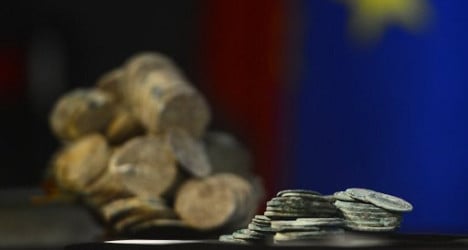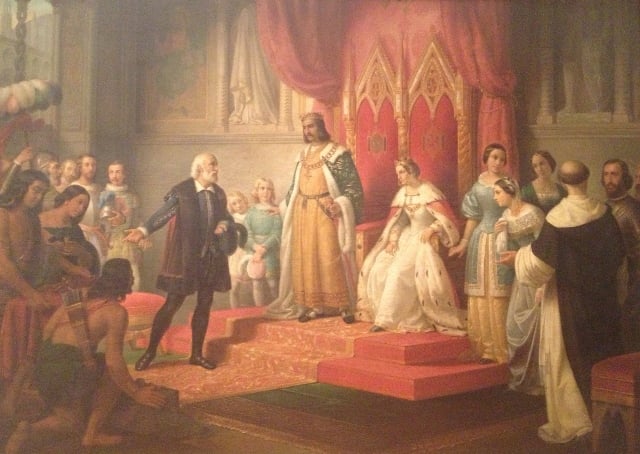The cargo from the Nuestra Señora de las Mercedes warship came to Spain in 2012 after a five-year legal battle with Odyssey, the US company that hauled it up two centuries after it sank.
Officials on Thursday inaugurated a new exhibition at the Museum of Subaquatic Archaeology in the southeastern Spanish city of Cartagena.
It features 8,000 coins – just a fraction of the estimated 580,000 found in the wreck – plus other precious artefacts.
"It is an extraordinary collection," said Spain's junior culture minister Jose Maria Lasalle at the inauguration.
"These cultural assets are the heritage of everyone, not the privilege of a few."
British warships sank the Spanish naval vessel in 1804 off the coast of Portugal as it returned from Peru, part of the Spanish empire at the time.
Odyssey Marine Exploration found it in May 2007 at a depth of 1,700 feet (518 meters) in the Atlantic.
Spanish authorities said at the time that the trove was worth at least €350 million ($476 million) overall.
The museum said in a statement that another 30,000 of the coins would later go on display at Madrid's National Archaeological Museum and a further lot in the Madrid Naval Museum.
Against conflicting claims by Odyssey, Peru and descendants of the treasure's original owners, a judge in Florida ruled in March 2012 that the trove belonged to Spain.
The US Supreme Court turned down a final appeal by Odyssey in May 2012.
"The recovery of the goods plundered from the archaeological site is an unprecedented international success in the fight to conserve underwater cultural heritage and the fight against illegal trafficking," Lasalle said.
Don't miss stories about Spain, join The Local on Facebook and Twitter.




 Please whitelist us to continue reading.
Please whitelist us to continue reading.
Member comments